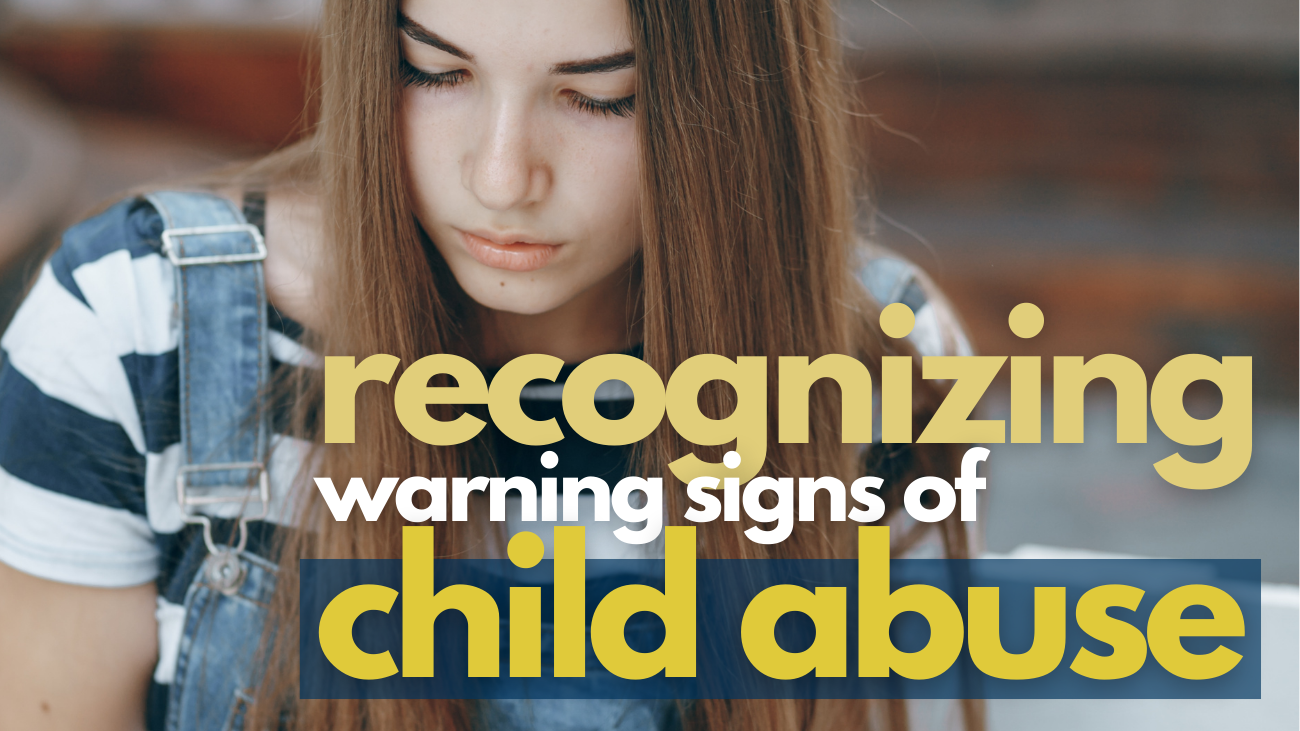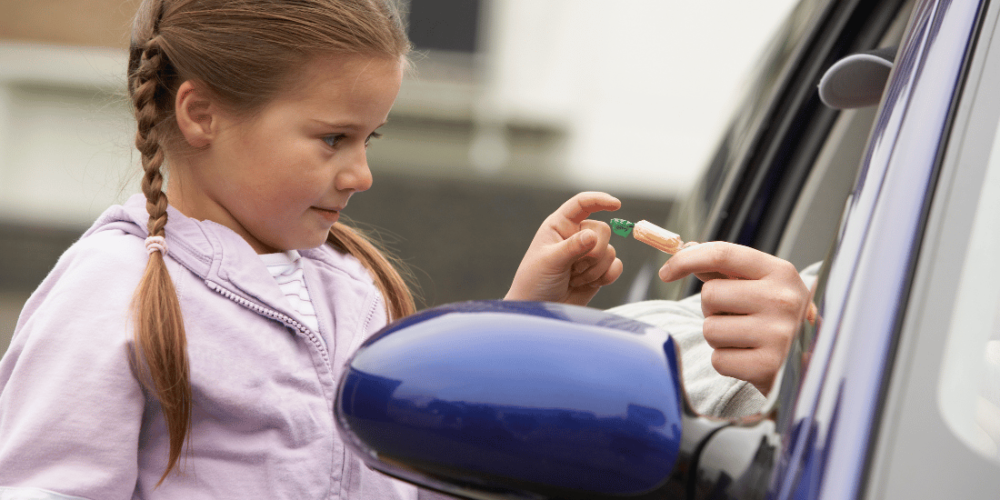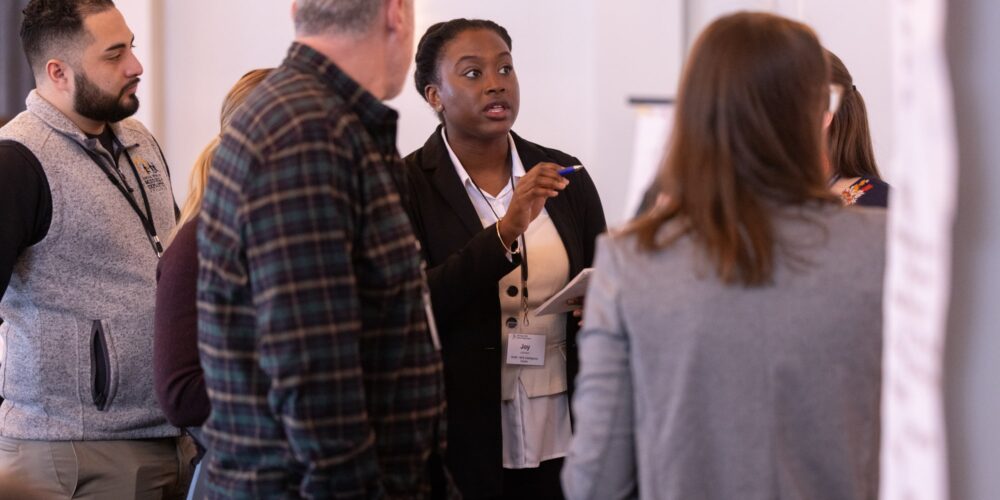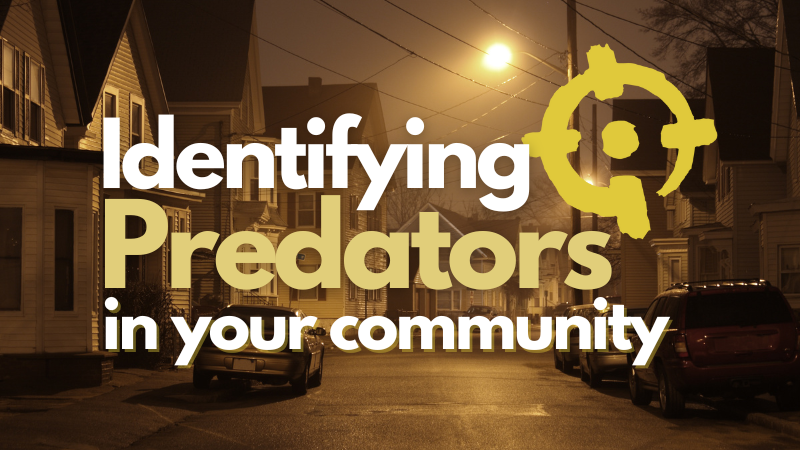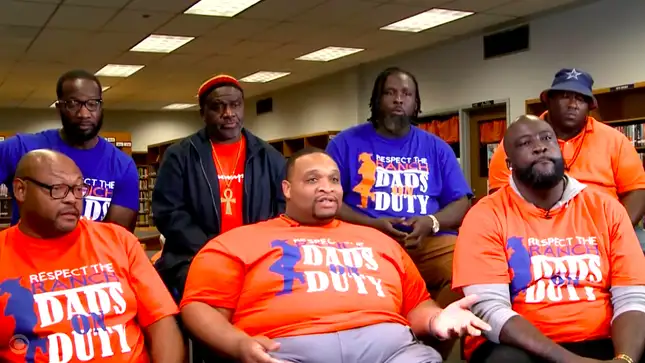Child abuse is a largely undetected problem throughout all communities. Yes - teachers, doctors, and other mandated reporters stand on the front lines, but we cannot leave a child's only hope in rescue solely to these already-pressed professionals. We all stand as advocates in the lives of children.
Volunteers for the National Child Protection Task Force constantly take on time-sensitive human trafficking and child exploitation cases. And although we are grateful for each opportunity to bring a child to safety, it'd be so much better to identify a problem before it turned into a missing person or child exploitation case. This is where we would like to partner with you.
So why is child abuse recognition important?
Child abuse detection is human trafficking prevention. A child abused at home is more likely to run away, leaving them vulnerable to predators online or in-person. Understanding abuse and signs to look out for is an important part of the fight against human trafficking.
There are many categories of abuse and being aware of all of them protects those most vulnerable. These include physical abuse, sexual abuse, emotional abuse, and neglect.
A child being abused may not display all signs or many signs, but by learning them, you are better equipped to identify children in need. The hard reality is that a child at home isn’t necessarily safe at home.
General signs of abuse
Children who are abused, no matter what kind or combination, may display general signs such as
- Social withdrawal
- Mental Illness
- Running Away
- Major behavior changes
- Defiance
- Self-harm and suicide attempts
- Substance abuse
- Decreased academic performance
- Chronic absenteeism
- Refusing to go home or be with specific person or group
- Fear of authorities - an abused child may protect their abuser and refuse to report, fearing removal from their home
Physical abuse
A child being physically abused is at risk of harm or injury. Signs to look out for include
- Unexplained injury or injury with questionable origin
- Burns, bites, bruises, broken bones, black eyes, etc.
- Severe fear of confrontation
- Change in dress to cover bruises, lacerations, etc.
Sexual Abuse
Sexually abused children are more at risk for human trafficking. Sexual abuse doesn’t just consist of hands-on abuse, but also includes exposing the child to pornography or inappropriate sexual content such as dirty jokes or speech. Signs include
- Inappropriate sexual knowledge for age
- Blood in underwear
- Trauma to anus or vagina
- Difficulty sitting or walking
- Reporting sexual abuse
- Inappropriate sexual contact with others
- Self-generated child sexual abuse material (sexual photos or videos at the request/manipulation of another)
- UTI’s, STD’s, pregnancy, frequent yeast infections
- Grooming
Emotional Abuse
Emotional abuse could be constant threats, criticisms, humiliation, and other damaging effects to the child’s psychological well-being. Signs include
- Low self-esteem
- Lack of interest or excitement
- Extreme attention-seeking behavior or people-pleasing
- Reversion in developmental skills
Neglect
A child whose basic needs are not being met such as proper food, shelter, clothing, etc. may display signs of
- Malnutrition
- Poor hygiene
- Lack of supervision
- Frequent absences from school
- Lack of medical care
- Theft or borrowing necessities
Of course, this isn’t a comprehensive list, but gives you an idea of signs to look out for.
If a child in your social circle displays signs of abuse, report immediately. If a child is in immediate danger, call 911! If you suspect abuse, call the hotline now at https://www.childhelp.org/hotline
We imagine a world where children wake up to experience childhood, feel safe and end each day looking forward to tomorrow.
With your help, we can do just that!


